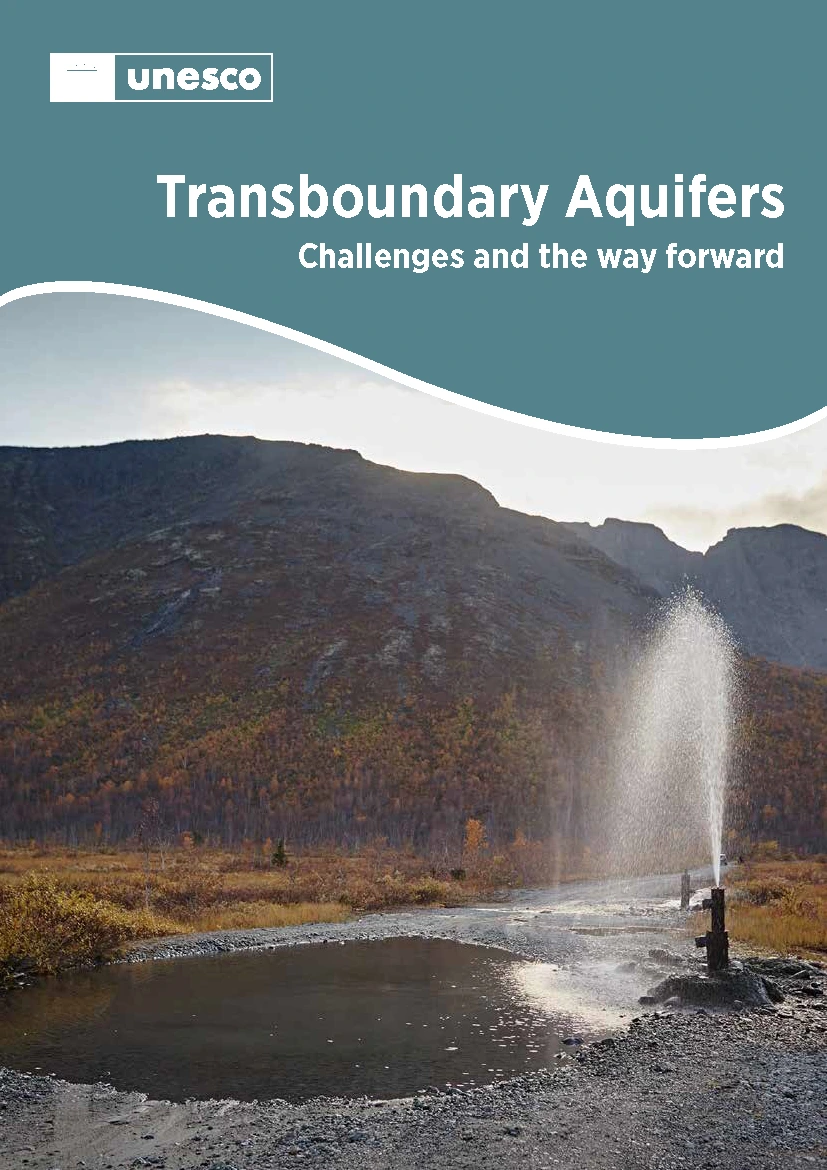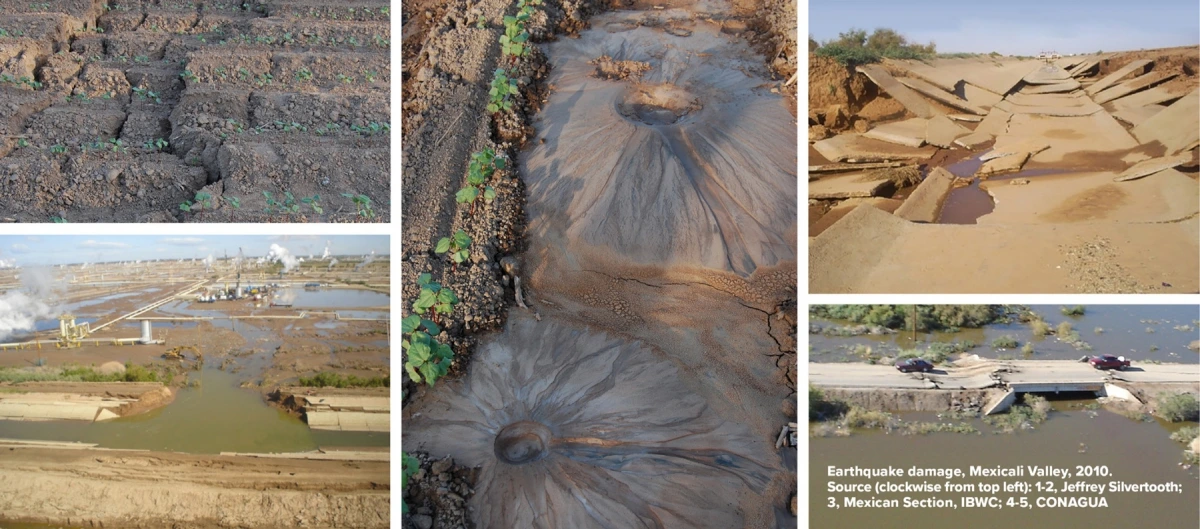Acuíferos Transfronterizos: Desafíos Y El Camino a Seguir
Alcanzando Acuerdos Sobre Aguas Subterráneas en La Frontera Entre México Y Estados Unidos: Fundamentos Científicos Y Políticos

El agua subterránea es vital para la sostenibilidad y supervivencia de las comunidades humanas en la región fronteriza entre Estados Unidos y México, una zona árida de casi 2000 millas de longitud en América del Norte donde prevalece la incertidumbre climática. Se conocen más de 30 acuíferos que limitan o atraviesan la frontera internacional, sustentando una población fronteriza que superaba los 15 millones de habitantes en 2020 (Figura 1). El agua subterránea es la única o principal fuente de agua para más de una docena de ciudades hermanas o comunidades, que van desde una de las zonas metropolitanas binacionales más grandes, El Paso-Cd. Juárez, hasta la próspera metrópolis binacional de Ambos Nogales, pasando por comunidades más pequeñas contiguas en la frontera occidental y a lo largo del río Grande. Desafortunadamente, la utilización del agua subterránea está regulada por un acuerdo internacional en solo una pequeña zona, la Mesa de San Luis, a lo largo de la frontera sur. Ese acuerdo, firmado en 1973, señaló la necesidad de un acuerdo integral sobre agua subterránea para la región fronteriza, un objetivo que ha eludido a los dos países durante casi medio siglo. Este documento examina la perspectiva de alcanzar acuerdos adicionales sobre agua subterránea entre los dos países. En primer lugar, considera el marco institucional que da forma a la cooperación binacional en la gestión transfronteriza del agua subterránea. Luego, revisa los avances en la cooperación técnica y científica binacional sobre agua transfronteriza relevante para los acuíferos compartidos. Continúa considerando cómo los principios y prácticas diplomáticas emergentes pueden facilitar enfoques cooperativos para gestionar los acuíferos compartidos a lo largo de la frontera entre Estados Unidos y México, basándose en la experiencia reciente en evaluación de agua subterránea obtenida a través del compromiso binacional en el Programa de Evaluación de Acuíferos Transfronterizos. El documento concluye identificando los principios y prácticas que son más propicios para avanzar en la colaboración binacional en la gestión de acuíferos transfronterizos para utilizar estos recursos esenciales de manera más sostenible.


